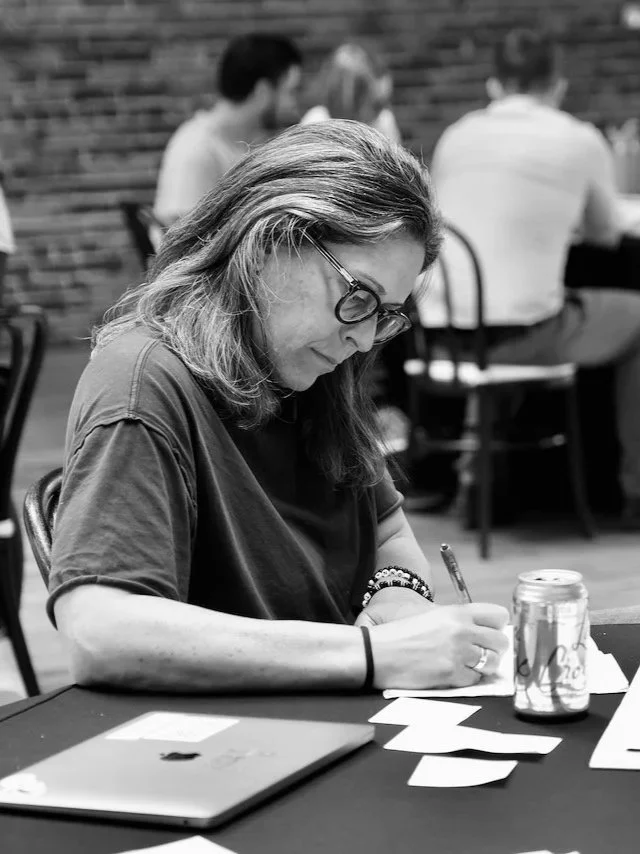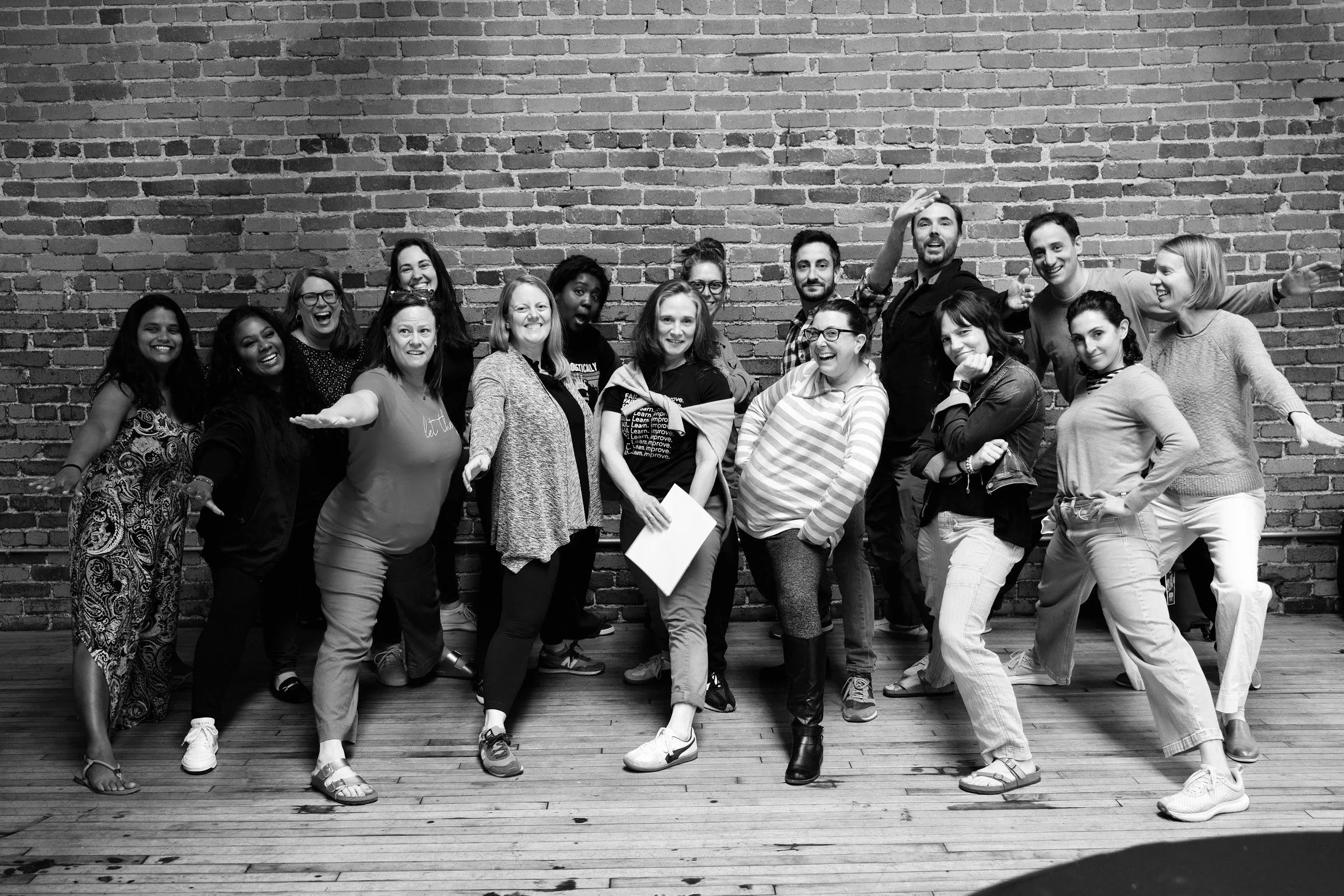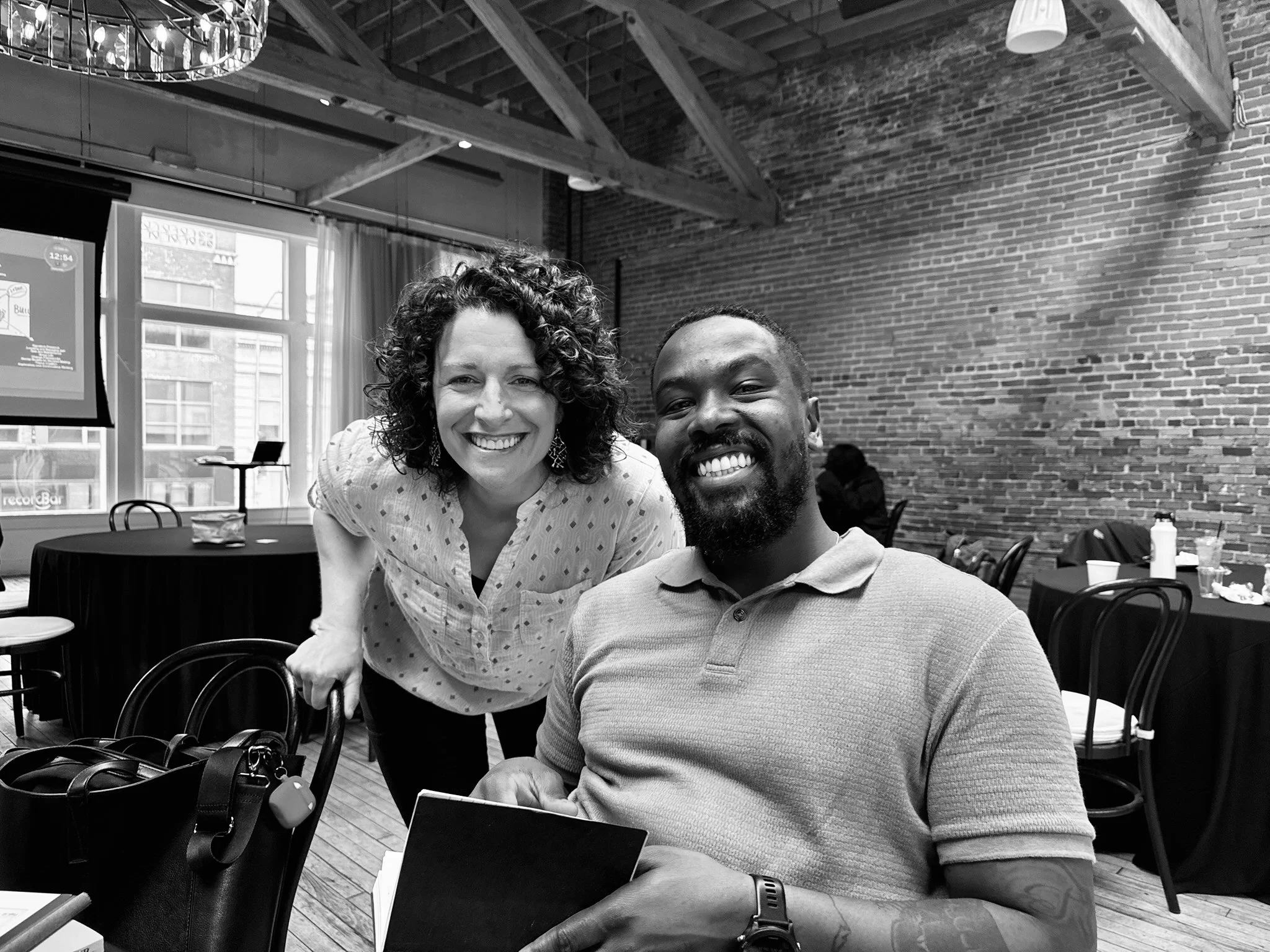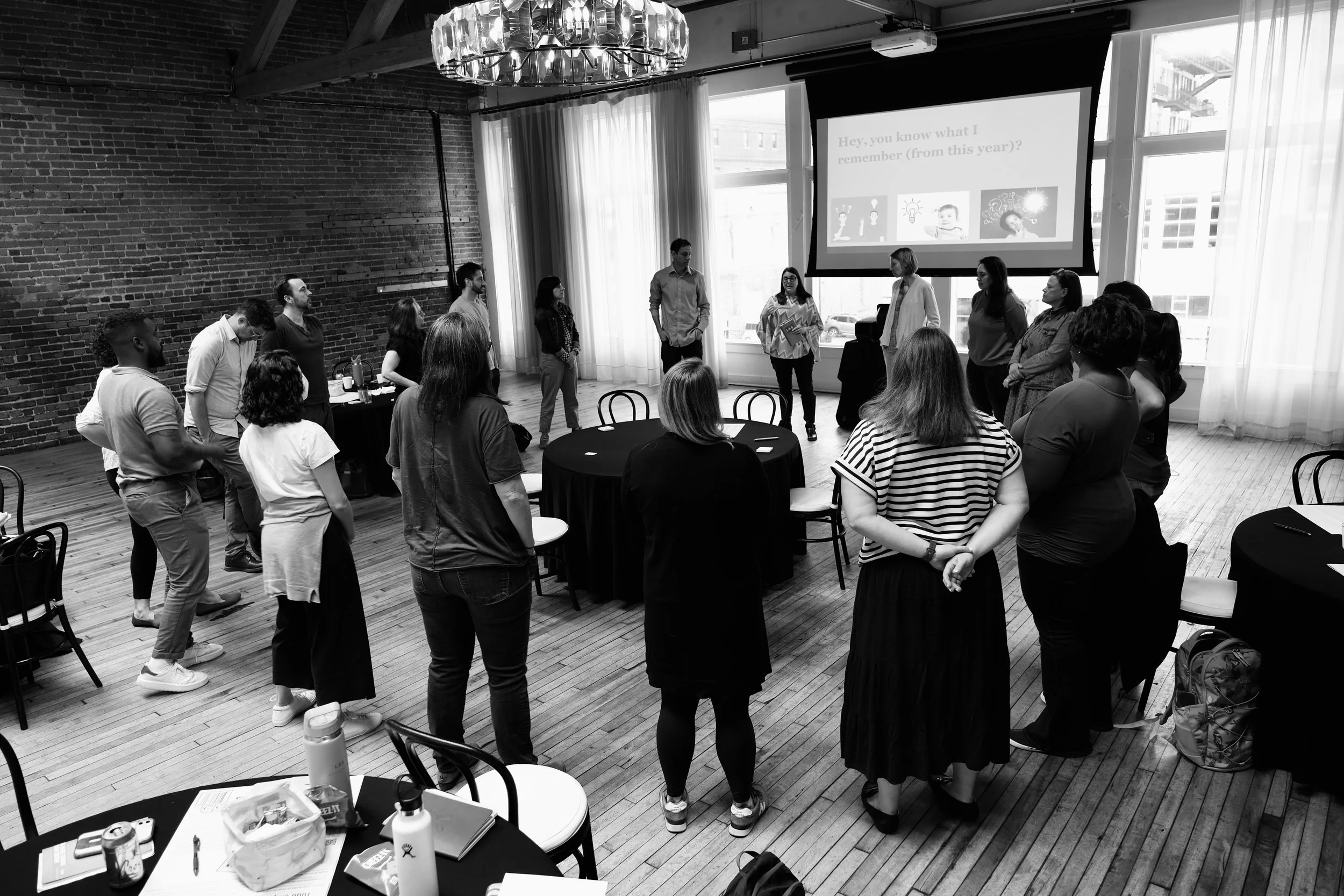The L+D Fellowship
Building Leadership Capacity: The Power of Fellowship
L+D Partner Isaiah Noriega
Before L+D, Ryan was already an ambitious educator. From building programs, hiring teams, solving problems to using design thinking as a pivotal focus of his teaching pedagogy. But the fellowship gave him language for things he had long felt but could not name: the power of curiosity over judgment, the subtle but profound distinction between feedback and evaluation, the ability to step onto the “balcony” and see the whole dance of leadership before stepping back onto the “dance floor” and the weeds of everyday school life. These weren’t just tools for school leadership; they were frames for living.
What he remembers most vividly isn’t a single activity or book but the way L+D centered relationships first. The L+D facilitators saw people before positions. They created spaces where vulnerability wasn’t just encouraged but modeled. Spaces where heads of school and aspiring leaders sat side by side, stripped of hierarchy, learning together with authenticity and laughter. It felt, as he describes, like a “treehouse” - a place you didn’t want to leave because it felt rare and real.
And when life threw him a curveball, the fellowship gave him the clarity and composure to navigate it with curiosity rather than defensiveness. He describes it like putting on 3D glasses after staring at a blurry image for too long… suddenly, he could see multiple perspectives at once, understand the complexity without losing himself in it, and was able to respond with empathy and wonder.
Now, in a role he calls his “dream job,” he credits L+D for equipping him not just with skills but with a way of being, a way of leading that is relational, reflective, and deeply human.
The Leadership + Design fellowship is first and foremost about the people involved. It is a cohort program, and we have learned through our experience that it is the deep relationships that persist. Many fellows continue to meet long after the experience, and after eight years, there are over a hundred alumni out in the world of education doing important work.
The curriculum is rooted in three core areas:
How to lead change as a REFLECTIVE CHANGEMAKER.
How to solve problems and see the world as a HUMAN-CENTERED DESIGN THINKER.
How to lead with the habits, mindset and skills of an OPTIMISTIC FUTURIST.
The Leadership and Design Fellows program is not just a professional development experience for Ryan Welch (Fellow 7.0 and Middle School Head at the New School in Arkansas);it was a turning point, a set of lenses that suddenly made the world come into focus. For Frederique Dupre’, (Fellow 7.0, Associate Director of College Guidance at Loomis Chaffee School), she stepped into the L+D fellowship with an acute sense of her natural leadership strengths but without the language or frameworks to fully harness them. When introduced to design thinking on day one of the fellowship convening, it was a completely foreign concept for her. Similarly, the first “futurist” exercise we all participated in felt like being dropped into another world. However, now two years later, everything looks different for Frederique. She now carries a deep confidence in her signature leadership presence, has used design thinking to launch a program supporting first-generation students, and even joined a futurist working group at her school. Along the way, she discovered that creativity wasn’t just a skill she needed to continue to develop, it was the heartbeat of her authentic leadership style, the throughline connecting her growth, her ideas, and her impact on schools, her teams, and her students. Today, it is not an exaggeration to say that she uses the principles and frameworks of L+D every single day.




